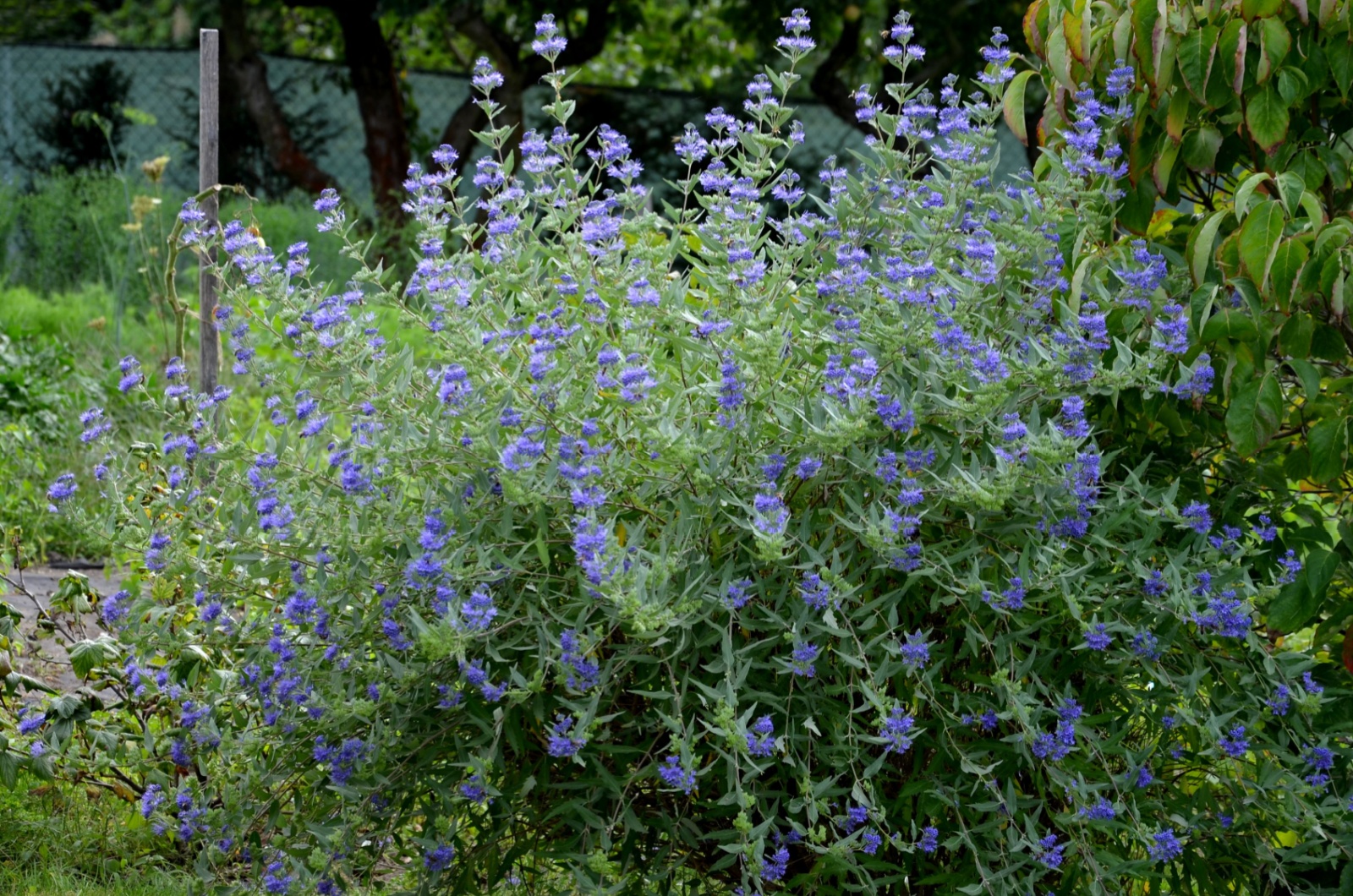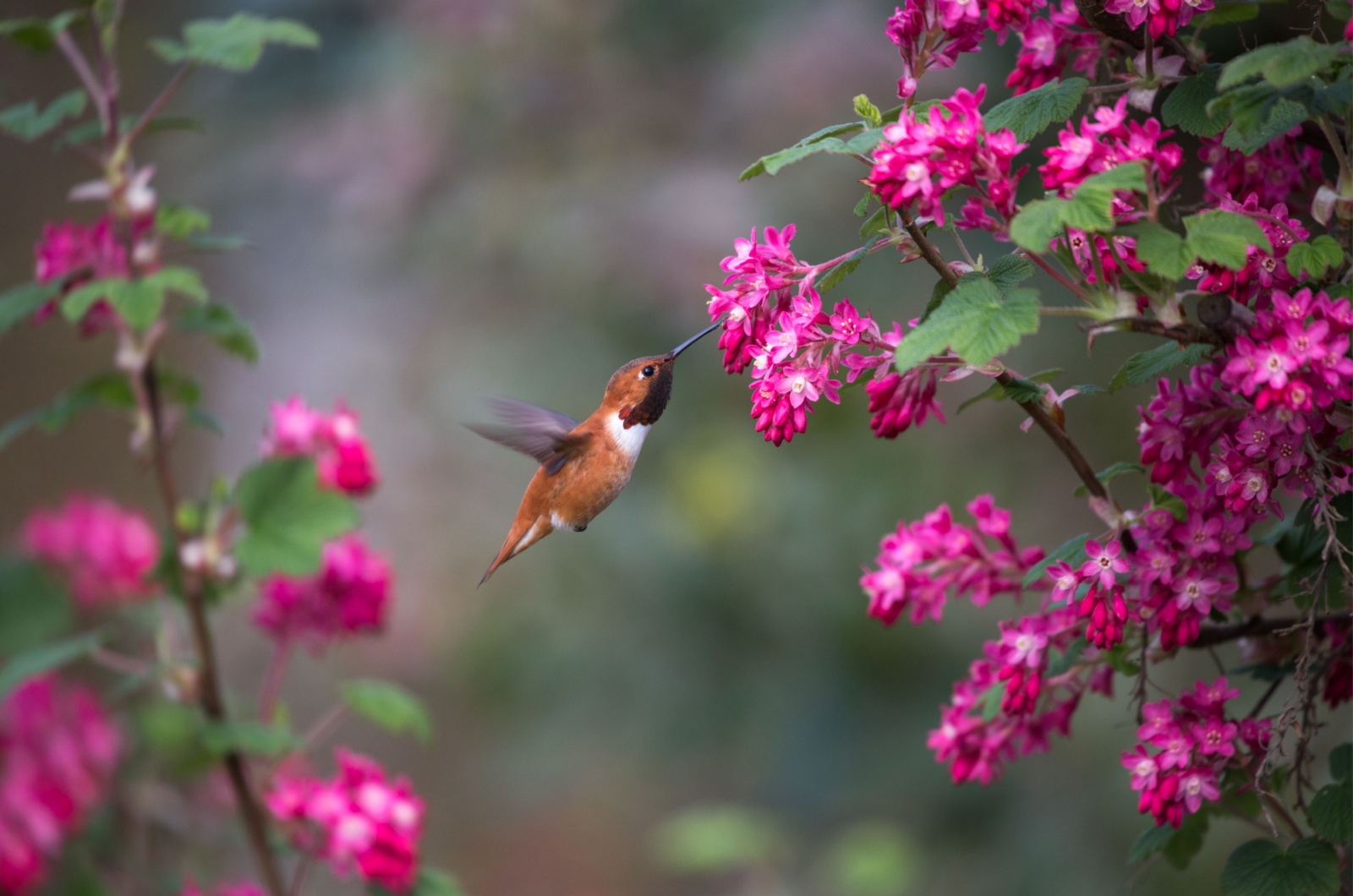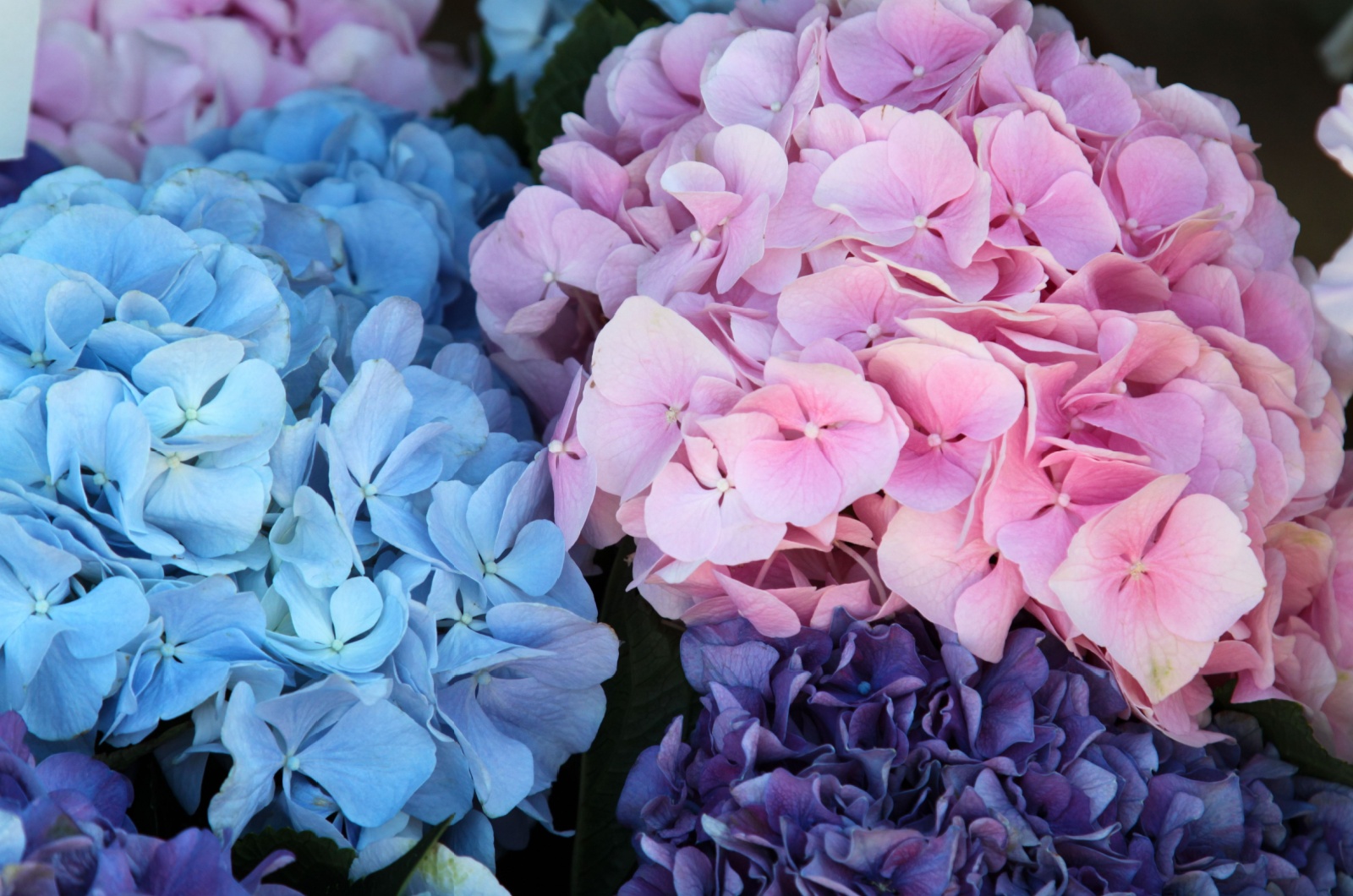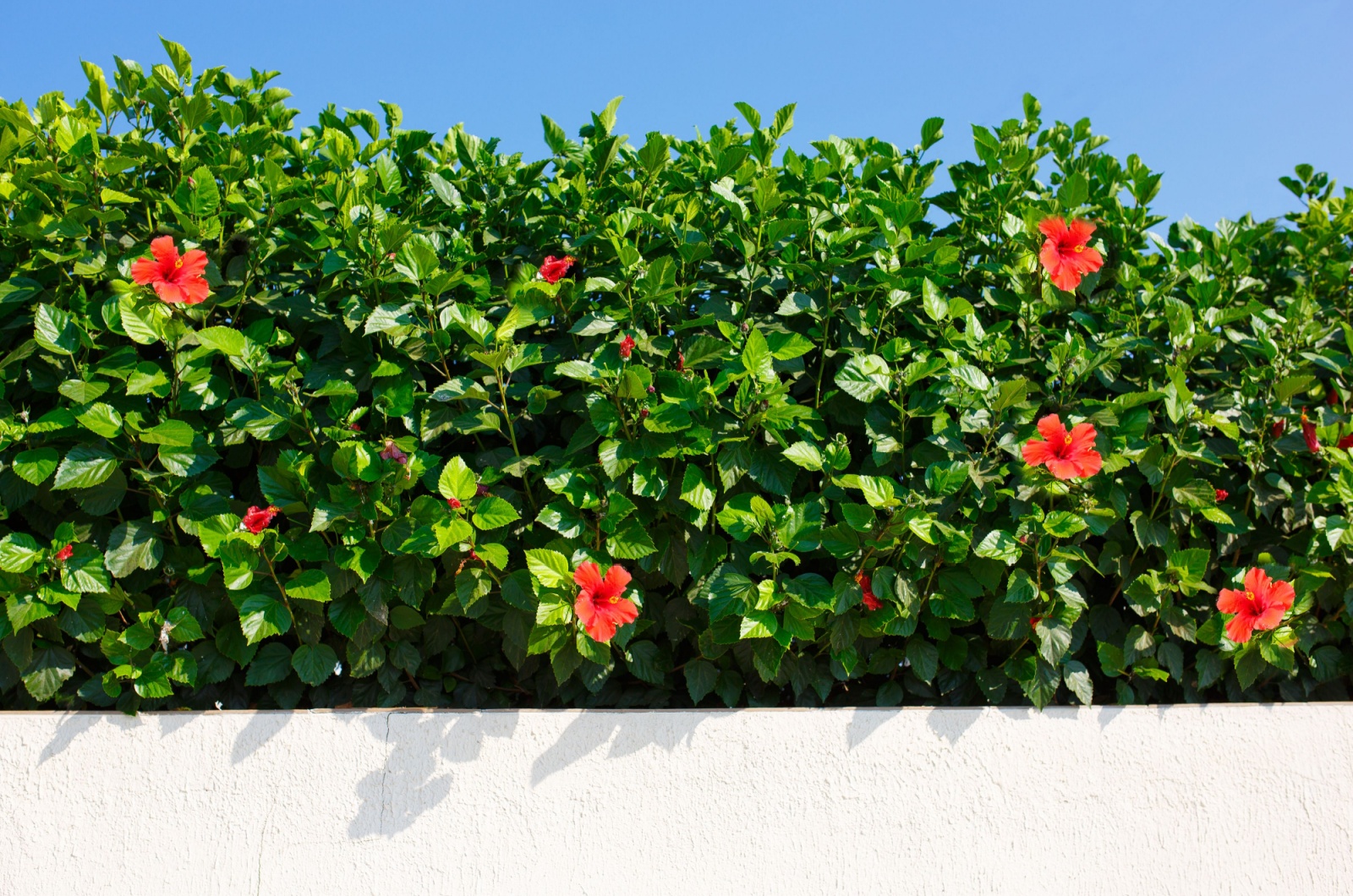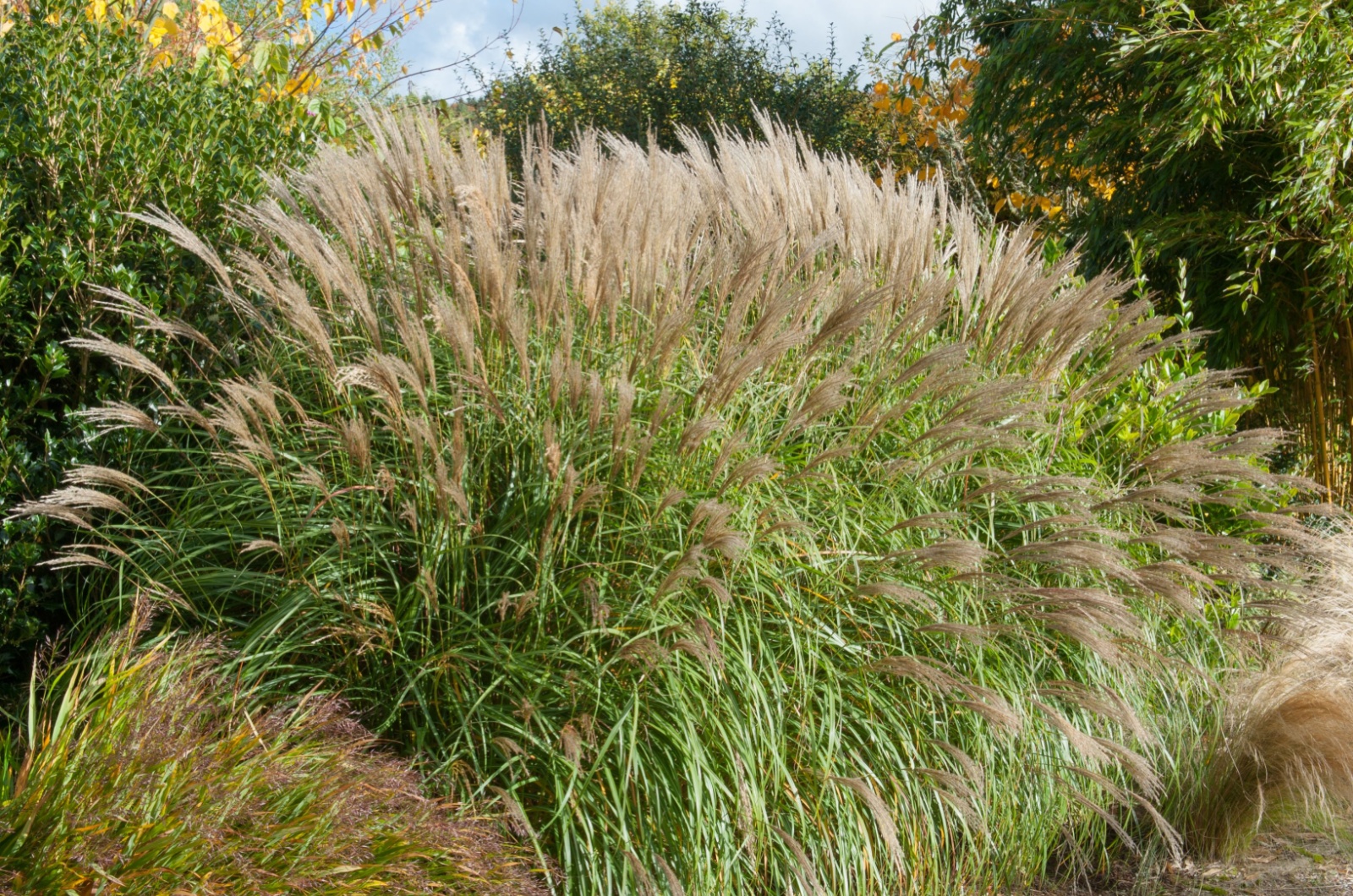As the spring comes, many gardening tasks come with it, and pruning is one of them. Pruning plants is necessary to keep them neat and healthy, especially if they grow vigorously.
Knowing which plants need pruning in the spring is important if you want to have a fantastic flower display over the coming season.
Not all plants need pruning, so we’ll help you decide what to trim and avoid mistakes. Let’s look at some plant groups to tackle in the next few months!
1. Woody Herbs
Some popular herbs like lavender can become woody and leggy if they are not pruned properly.
Not only do the old parts of the plants get woody and unproductive, but they also struggle to keep themselves upright and make your garden look less desirable.
To avoid this, don’t forget to prune your herbs as soon as the last frost date passes – wait until you spot new growth on your herbs before trimming them.
Other herbs that would benefit from spring pruning include oregano, sage, thyme, and rosemary.
Related: 7 Popular Herbs That Attract Beneficial Insects To The Garden
2. Spring-Flowering Shrubs
Shrubs that produce flowers in late winter or early spring need to be pruned just after their flowers fade away.
Cutting back after flowering allows plenty of time for growth to emerge that will carry the blooms the next year, as these flowering shrubs frequently bloom on wood developed the year before.
These early bloomers are kept healthy and productive by trimming them the right way. Since it’s just after their flowering, spring is the ideal season to prune away any dead, damaged, or diseased stems or branches.
Lilacs, lonicera, flowering currants, and forsythia are just a few of the spring-flowering shrubs that need pruning in this period!
Related: 8 Flowering Shrubs To Prune In February
3. Roses & Hydrangeas
We have to mention that not all hydrangea and rose species need spring pruning; however, most of them do, which is why they are on this list!
Shrub or bush roses should be cut back in the spring, but climbing or rambling roses should be pruned some other time. When it comes to hydrangeas, lacecaps and mop heads are best pruned in spring, but avoid pruning climbing hydrangea species.
Know what kind of roses or hydrangeas you are dealing with before pruning them!
This might be useful: The Perfect Time To Cut Panicle Hydrangeas
4. Herbaceous Perennials
Most gardeners wonder when to cut back herbaceous perennials – a lot of them pin pruning herbaceous perennials as a fall gardening job, but some also leave these plants as part of their winter gardens.
This is because the dried seed heads can provide food and habitat to birds and insects, so gardeners leave them to support wildlife during harsh weather conditions.
If you didn’t prune them in the fall, then spring is the best time to do so. Remove old material and allow new growth for the upcoming season.
Herbaceous perennials that can overwinter include aster, heuchera, sedum, black-eyed susan, and hardy geraniums.
5. Summer-Flowering Shrubs
If you want to have an abundance of flowers in the summer, then you must prune your flowering shrubs in the spring to encourage new growth and flower production.
Pruning right before the shrubs begin to actively grow again gives the plants plenty of time to produce robust, healthy new growth which will eventually lead to an amazing flower display in the summer.
Summer-flowering shrubs that should be pruned in the spring include hardy fuchsia, hibiscus, butterfly bush, crepe myrtle, cotinus, and potentilla (but there are plenty of others!).
Read more about flowering shrubs here: 15 Wonderfully Fragrant Evergreen Shrubs For A Charming Garden
6. Deciduous Grasses
Ornamental deciduous grasses can be left to adorn winter gardens and provide food to birds and insects. But they might look a bit ragged as the spring season approaches, so cutting them back is necessary.
Prune deciduous grasses once the last frost date has passed, but don’t wait until new shoots start to emerge from the base. Just gather all of the stems and leaves, then trim them to a height of 6 to 12 inches above the ground, making sure not to cut into the crown of the grass!
Miscanthus, fountain grass, feather reed grass, and panic grass are examples of deciduous grasses that need to be trimmed back in the spring.


